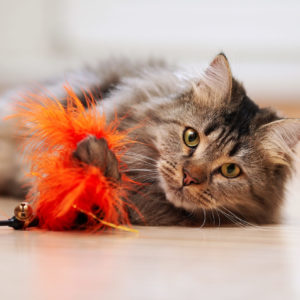If you have found yourself, like me, suddenly sharing your home with a crazy bundle of furry fun then read on. It has been a while since I’ve had a kitten and there are many things that we have had to re-learn. I hope this will help any of you who are experiencing the joy of living with a kitten for the first time or who just need a few helpful tips.
Kitten proofing your home – this is a must if you want to keep breakable items intact and your kitten safe:
- Put all breakables away immediately
- Tie up dangling electrical cords
- Make sure toilet lids are shut every time to prevent drowning and poisoning (especially if you use time release toilet bowl cleaners)
- All appliances with doors like washers, dryers and microwaves should be checked every time they are used and the doors kept shut.
- Plants – check to make sure your houseplants are not toxic to cats and if you don’t want them mauled, place them in room the kitten does not have access to.
- Make sure the garbage has a secure lid and that leftovers are put away immediately.
Feeding your kitten
Purchase the best quality kitten food you can afford. It should be specifically formulated for kittens as they have higher protein and fat needs than adult cats do. Keep feeding a kitten the food it was eating prior to coming to live with you, at least for a few days. The stress of leaving litter mates and mom is enough for a little one to handle without having a strange diet as well. After a few days you can slowly transition the kitten to the new food.
Feed the kitten in a quiet area and make sure they have access to fresh water. Some cats prefer very fresh water, from a running tap, others like it stale. You will have to see what your cat prefers. It is a good idea to occasionally give your kitten some moist food so that he/she does not develop an aversion to canned food. Later in life eating canned food may be necessary if a medical issue arises.
Vaccines
Kittens require a series of vaccines to fully protect them after their mother’s antibodies wear off. The series should start at 8 weeks of age and then boosters every 4 weeks until the kitten is 12 weeks old.
The FVRCP vaccine protects kittens against 3 of the deadliest viruses that affect felines. FVR stands for feline viral Rhinotracheitis (this is a dangerous respiratory disease that can also affect other body systems), C stands for Calicivirus (this can cause life-threatening pneumonia) and P stands for Panleukopenia (also known as feline distemper). The mortality rate is extremely high with this virus (90%) but the vaccine is very effective. At 12 weeks of age your kitten is also ready to receive the rabies vaccine. The Feline leukemia vaccine adds another level of protection against this highly contagious virus. Kittens require an initial vaccine and one booster to be protected against Feline Leukemia. After the initial 3 sets of vaccinations your kitten will need to have regular yearly boosters at his or her annual physical exam.
Training
Kittens can be trained a lot easier than one might think but you need to know exactly what you want them to do, or not do, and make sure that you are consistent in your training. For example; if you don’t want your kitten to jump on the kitchen table, then every single time he or she does you make it clear that the behavior is not acceptable. You can try making a loud clap or saying “No” but I have found a small spray of clean water out of a plant mister is highly effective and cures the behavior with only a few spritzes!
More about training next time! Stay tuned.
Written by Morinville Veterinary Clinic




